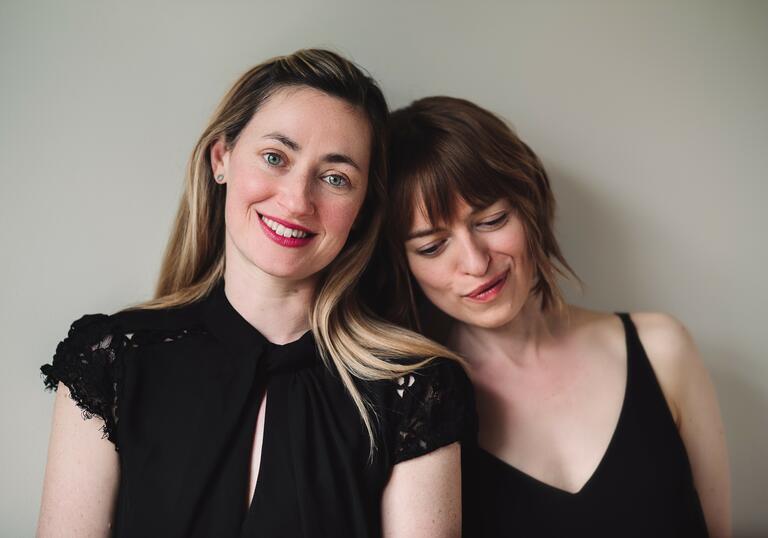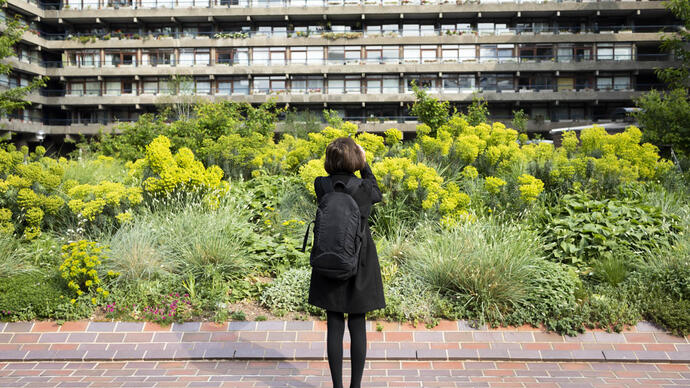
Programme and performers
Ethel Smyth ‘Allegro moderato’ from Violin Sonata
Doreen Carwithen ‘Allegro con moto’ and ‘Vivace’ from Violin Sonata
Rebecca Clarke Midsummer Moon
Rebecca Clarke Sonata Movement in G major
Dorothy Howell The Moorings
‘Andante’ from Violin Sonata
Ethel Smyth ‘Finale’ from Violin Sonata
Fenella Humphreys violin
Nicola Eimer piano
Leah Broad narrator
Artist biographies
Fenella Humphreys, winner of the 2023 BBC Music Magazine Premiere Recording Award, is one of the UK’s most versatile violinists, with a career combining chamber music, concerto performances and solo work.
Over the past decade she has captured international attention in a wide range of repertoire, with an award-winning discography including her Bach 2 the Future series, which combines newly commissioned works with two of Bach’s Solo Sonatas and Partitas and other landmark repertoire, Caprices and, most recently, Prism, which combines her arrangement of J S Bach’s Toccata and Fugue, BWV565 with works by Caroline Shaw, Jessie Montgomery and George Walker. Other releases include Christopher Wright’s Violin Concerto, Four Seasons Recomposed, So Many Stars and a disc of Sibelius’s music for violin and piano.
She has given the first performances of music by a wide range of composers, including Peter Maxwell Davies, Sally Beamish, Gordon Crosse, Cheryl Frances-Hoad and Freya Waley-Cohen; earlier this year she premiered Adrian Sutton’s new Violin Concerto, dedicated to her, at the Queen Elizabeth Hall with the Royal Philharmonic Orchestra.
She is concertmaster of the Deutsche Kammerakademie, as well as guest leading and directing various ensembles in Europe.
As a chamber musician she performs with the Roscoe Piano Trio, Perpetuo and Counterpoise, as well as collaborating with artists including Nicholas Daniel, Martin Roscoe and Peter Donohoe. She is regularly invited by Steven Isserlis to the International Musicians’ Seminar, Prussia Cove.
A new collaboration with the writer and broadcaster Leah Broad and pianist Nicola Eimer has seen the creation of the Lost Voices project, which explores unknown and under-performed repertoire by female composers.
Fenella Humphreys plays a G B Guadagnini violin, kindly on loan from Jonathan Sparey.

Our Patrons and supporters
Find out about our Patrons, who help us keep our programme accessible to everyone and allow us to continue investing in the artists and communities we work with.
Love the arts? Become a Patron to engage more closely with our programme.

Who we are
Meet our management team, our Board and the Trustees of our charitable arm, Barbican Centre Trust.
